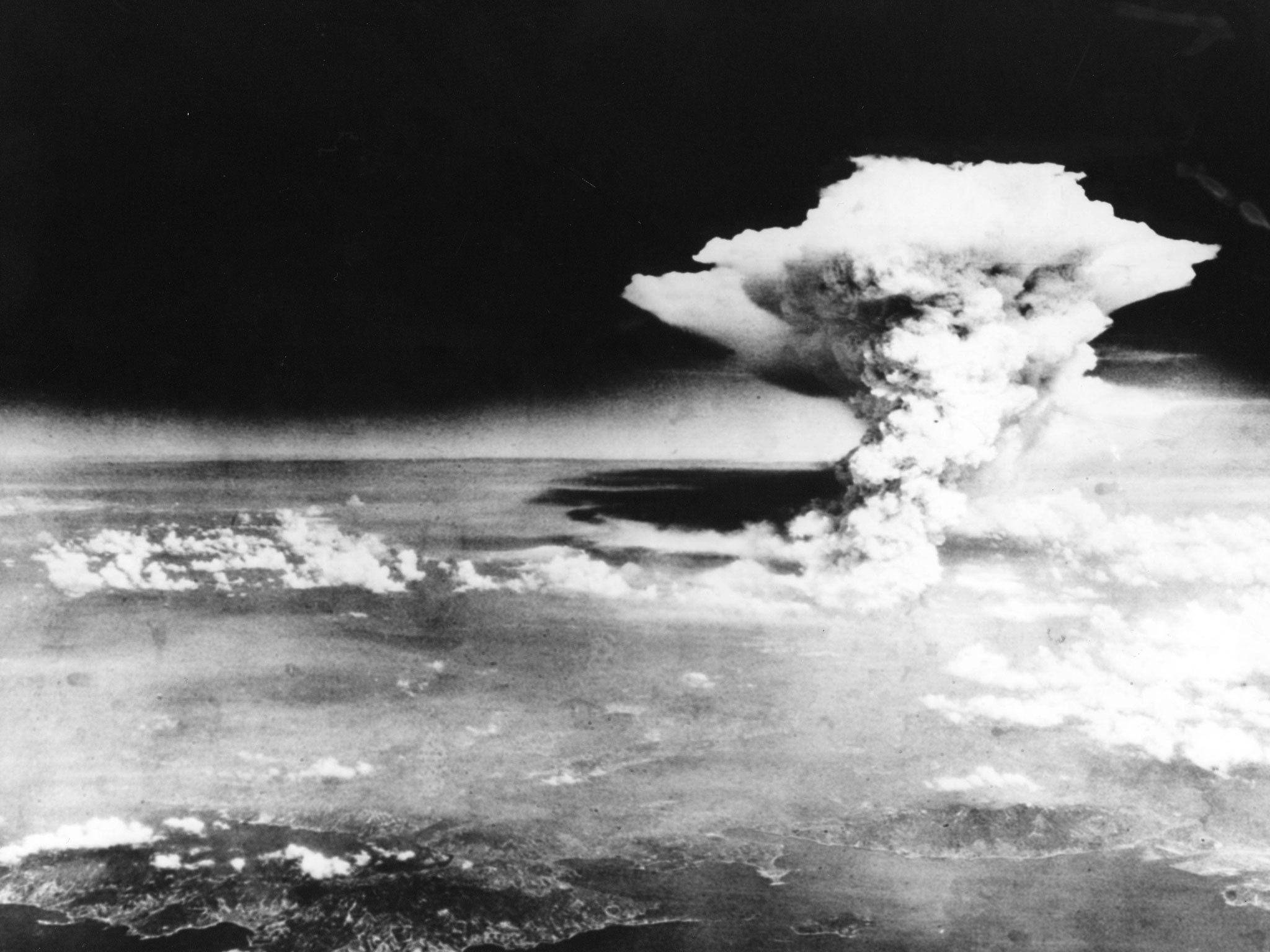Scientists expected to move doomsday clock to put apocalypse 'one or two minutes away'
Dangers in the world 'threaten the very existence of civilisation', the Bulletin of the Atomic Scientists said

Your support helps us to tell the story
From reproductive rights to climate change to Big Tech, The Independent is on the ground when the story is developing. Whether it's investigating the financials of Elon Musk's pro-Trump PAC or producing our latest documentary, 'The A Word', which shines a light on the American women fighting for reproductive rights, we know how important it is to parse out the facts from the messaging.
At such a critical moment in US history, we need reporters on the ground. Your donation allows us to keep sending journalists to speak to both sides of the story.
The Independent is trusted by Americans across the entire political spectrum. And unlike many other quality news outlets, we choose not to lock Americans out of our reporting and analysis with paywalls. We believe quality journalism should be available to everyone, paid for by those who can afford it.
Your support makes all the difference.The "Doomsday Clock" that symbolises how close humanity is to apocalypse is expected to inch closer to midnight.
The leading scientists who decide what time the symbolic clock should show are to announce its new "time" in a live event.
The scientists are expected to announced that the world is moving closer to midnight, which represents global catastrophe and apocalypse. The scientists could put it just a minute or two away from the end.
In 2015, the Bulletin of the Atomic Scientists, an expert group formed in 1945, moved the clock two minutes forward and put it at three minutes to midnight.
That meant that Earth was closer to oblivion than it has been since the early days of the hydrogen bomb, and when the Cold War was at its height.
Last year the clock's hands didn't move. But this year global instability and uncertainty is expected to mean that it could consider moving forward towards oblivion.
A statement accompanying the 2016 Doomsday Clock decision read: "Three minutes (to midnight) is too close. Far too close.
"We, the members of the Science and Security Board of the Bulletin of the Atomic Scientists, want to be clear about our decision not to move the hands of the Doomsday Clock in 2016: That decision is not good news, but an expression of dismay that world leaders fail to focus their efforts and the world's attention on reducing the extreme danger posed by nuclear weapons and climate change.
"When we call these dangers existential, that is exactly what we mean: They threaten the very existence of civilisation and therefore should be the first order of business for leaders who care about their constituents and their countries."
The Bulletin was founded by concerned US scientists involved in the Manhattan Project that developed the world's first nuclear weapons during the Second World War.
In 1947 they established the Doomsday Clock to provide a simple way of demonstrating the danger to the Earth and humanity posed by nuclear war.
Today the Bulletin is an independent non-profit organisation run by some of the world's most eminent scientists.
The Doomsday Clock now not only takes into account the likelihood of nuclear Armageddon but also other emerging threats such as climate change and advances in biotechnology and artificial intelligence.
Last month the Bulletin dropped a strong hint Doomsday might be about to edge nearer.
In a statement the scientists said: "Tensions between the United States and Russia that remain at levels reminiscent of the Cold War, the danger posed by climate change, and nuclear proliferation concerns, including the recent North Korean nuclear test, are the main factors influencing the decision about any adjustment that may be made to the Doomsday Clock."
The closest the clock has ever come to striking midnight was in 1953, when the time was set at two minutes to 12.
It was in that year that the US took the decision to upgrade its nuclear arsenal with the hydrogen bomb, "a weapon far more powerful than any atomic bomb".
Additional reporting by Press Association
Join our commenting forum
Join thought-provoking conversations, follow other Independent readers and see their replies
Comments